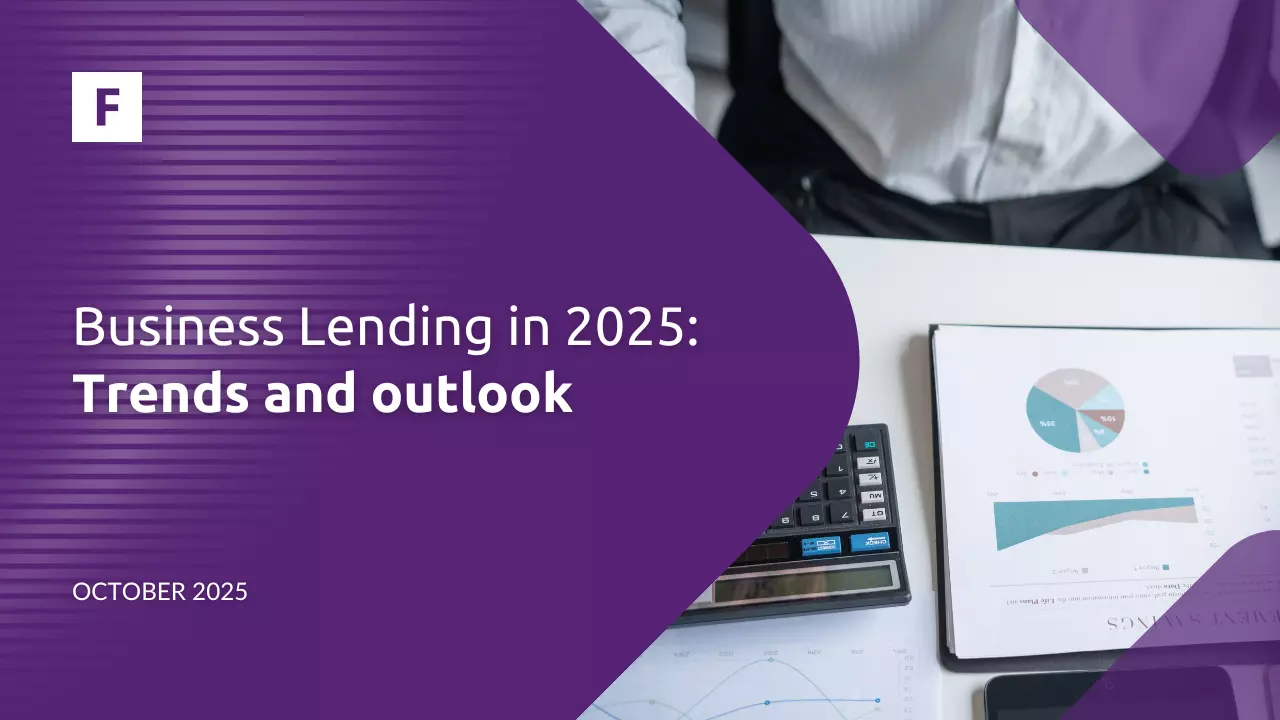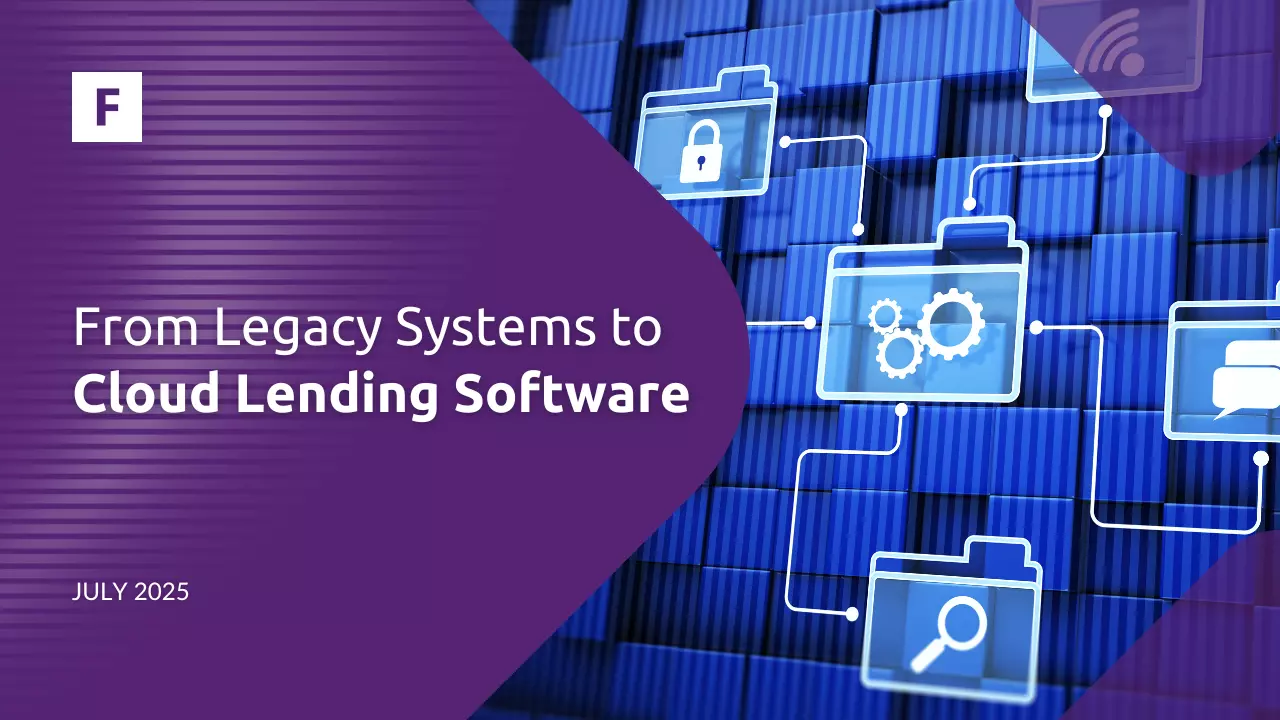Today's quickly changing financial world may raise questions about how to expand your loan portfolio. In 2023, the loan market experienced significant structural changes due to economic uncertainties and rising interest rates, which shifted borrower needs and lender priorities.
This article's main key takeaways:
Changing market dynamics.
Diverse lending products.
Portfolio monitoring.
Discovering new markets.
How to Expand Your Loan Portfolio?
Private lending has captured a larger market share from traditional banks, offering more flexible and customized loans. As macroeconomic changes continue in 2024, market participants must adapt to these new complexities to remain competitive. However, by adopting proven tactics, financial institutions can anticipate a 20-40% increase in loan volumes within a year.
Where to Start?
To start expanding your loan portfolio, you should review some key strategies. Understanding existing commercial clients' challenges and opportunities can strengthen relationships. Regular retention visits foster referrals and solidify key client relationships during economic fluctuations. A strong digital presence is essential. Hire dedicated marketing personnel to manage social media and content strategies, enhancing brand awareness and attracting new clients. Use commercial digital lending technology to grow your portfolio, even in regions outside your market with more powerful economic growth.
Types of Lending Products
To succeed, it is crucial to offer different lending products simultaneously. There are about 20 types of different loans available. Let's start with the most commonly offered loans. For example, consumer loans such as personal loans are versatile loans with repayment terms ranging from 6 to 84 months. They can be used for various purposes: vacations, weddings, emergencies, medical treatments, home renovations, debt consolidation, moving expenses, and buying electronics.
Student loans are also considered as consumer loans. Student lending is designed to cover tuition, fees, and living expenses at accredited schools but cannot be used for unaccredited programs like coding boot camps or informal classes. Private student loans offer fewer protections than federal student loans but may provide better rates for borrowers with good credit. FTM's consumer lending software enables financial institutions to offer small-scale loans and financial products to individuals with limited access to traditional banking, such as students. It includes analytics and reporting tools to monitor and track the performance of these lending activities.
Auto loans are secured loans used to purchase vehicles, with repayment terms of three to X years. The car is collateral, meaning the lender can repossess it if payments are not made. Auto loans can be obtained from credit unions, banks, online lenders, or car dealerships. Dealerships may partner with lenders to find the best loan or act as "buy-here-pay-here" lenders, though these in-house loans are often more costly.
Fintech Market's car leasing software offers auto lease companies a customizable platform to streamline operations. It features contract management, pricing and quoting tools, CRM integration, and fleet management, enhancing leasing processes and customer experiences. Advanced reporting, analytics, and a focus on compliance and security ensure efficiency and satisfaction for lenders.
Mortgages are used to finance home purchases and are available from banks, credit unions, and other lenders. Our mortgage software empowers financial institutions and professionals to offer customized mortgage products. It prioritizes flexibility, seamless integration, regulatory compliance, and security and allows users to tailor loan terms, interest rates, and account features to fit specific client needs.
Small business loans, working capital loans, term loans, and equipment loans help businesses in different sizes to fund their operations. Local businesses and sole proprietors can also apply. These loans often have stricter qualification requirements than personal loans but provide essential funding for growth. Compared to alternative financing methods like invoice factoring or merchant cash advances, small business loans are usually a more cost-effective option. Our lending software streamlines the process of offering SME loans, making it more efficient for companies seeking credit. It helps financial institutions and private lenders deliver reliable services by simplifying applications, loan origination, servicing, payment collection, and reporting, all through an end-to-end platform.
Other FTM's Lending Products
On top of the softwares mentioned above, we offer more options. All together, Fintech Market offers about eight different digital lending products. Our loan management software which streamlines the process of providing loans for individuals and companies seeking credit. Our all-in-one platform manages every stage of the loan lifecycle, from application and origination to servicing, payment handling, and detailed reporting. To dive deeper into our services, look at our core system. It helps financial service providers enhance customer focus, manage risk, and drive growth by offering customizable workflows and supporting various financial products and payment methods.
We advise businesses to use our purchase financing software. It is an advanced solution that transforms the purchase financing processes. It lets merchants offer financing options such as product leases, buy now pay later (BNPL), and split customer payments. With various features and integrations, the platform helps institutions streamline operations and improve customer experiences.
Additionally the platform optimizes the deposit process, allowing financial institutions to offer personalized deposit products. With customizable terms, interest rates, and account features, it provides fast integration, compliance, and security.
FTM's factoring software enables financial institutions to offer personalized products that provide clients with immediate cash flow by accessing funds tied up in unpaid invoices. The platform focuses on customizability, fast integration, and security and allows clients to adjust terms, discount rates, and account features to meet their specific factoring needs.
Rising Foreign Financial Markets
One region to consider as a potential market is the Baltics. Following interest rate hikes by central banks to combat inflation, bank profitability in the Baltic region has increased due to higher loan interest rates outpacing financing costs. Signs of improvement are emerging, with deposit growth rebounding in Latvia and Lithuania and strong new lending despite still-high rates. Economic growth in the Baltics is expected to improve in 2024 and 2025 despite ongoing global uncertainties.
Another region to watch is Southeast Asia. In the first half of 2024, the alternative lending sector in Vietnam saw powerful growth, driven by the rise of digital financial solutions and fintech companies offering flexible lending options. Often known as a marketplace or peer-to-peer lending, this sector connects underserved borrowers with investors via online platforms. The trend is expected to continue, with strong growth projected as consumers and small businesses increasingly seek alternative credit.
The Vietnamese government also fosters sector growth with supportive policies and a potential regulatory sandbox for fintech innovations. The alternative lending market in Vietnam is anticipated to grow from $355.9 million in 2023 to $824.4 million by 2028, reflecting a compound annual growth rate of 16.9% during 2024-2028.
How to Enter New Markets?
Expanding into new markets involves opportunity and risk, requiring a thorough plan. For successful expansion, it is essential to review some crucial aspects. Evaluate your company's financial health, strengths, and weaknesses. Ensure you're ready for expansion or delay it until your business can support it. Consider licensing, lending limits, and costs. Analyze potential return on investment, outline costs, and define success compared to alternatives.
Focus on one or two measurable goals to guide your expansion efforts, and remember to use credit decisioning software that enables the creation of models for both simple decision flows and complex calculations. Ensure you have the right team and resources in place before launching. To successfully enter new markets, find the best software suitable for your needs and consider cooperating with our partners. Consulting might help you understand your needs better.
Summary
In conclusion, expanding a loan portfolio requires precise monitoring, supported by automated portfolio management systems that track performance and reduce risks. Key growth strategies include adopting new technologies, understanding consumer and commercial client needs, and strengthening client relationships through retention efforts. A strong digital presence, marketing efforts, and commercial digital lending technologies are also essential. To expand into new markets, businesses must assess their financial health, prepare a detailed plan, and adopt suitable digital solutions.
About Fintech Market
FTM's cloud-based lending software & loan management system offers CRM, KYC, & financial risk management tools for loans, leasings, & investments. This empowers consumer and business lending companies & more to optimize lending processes.







